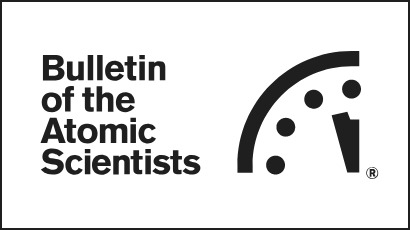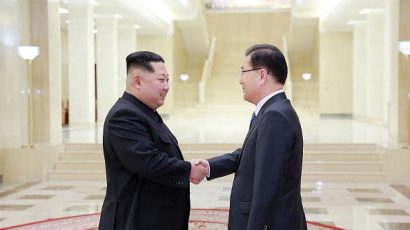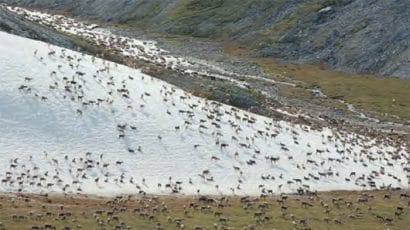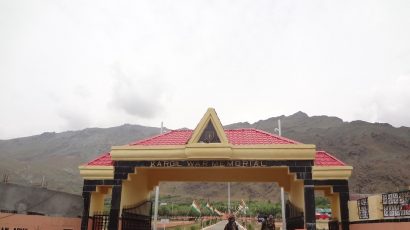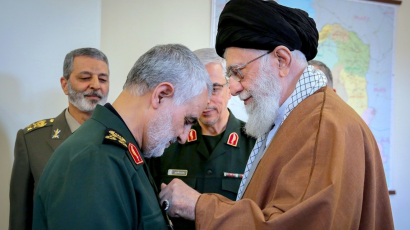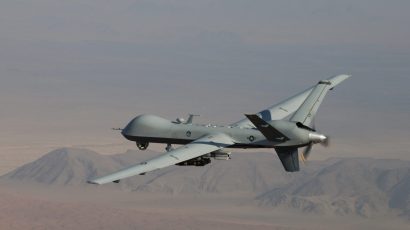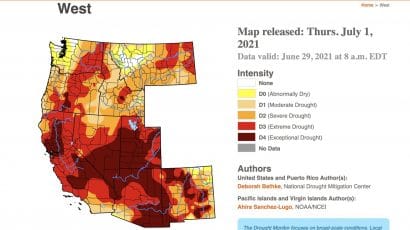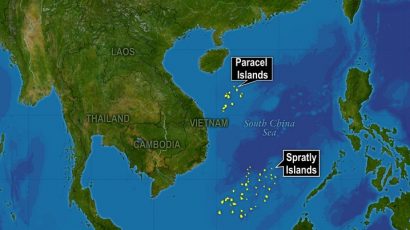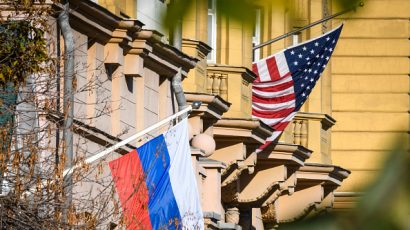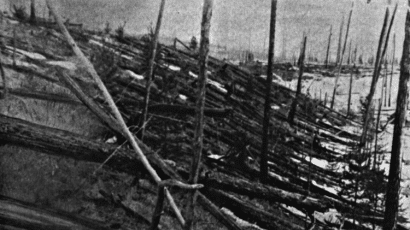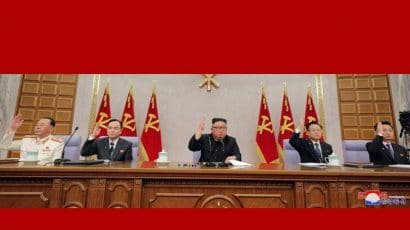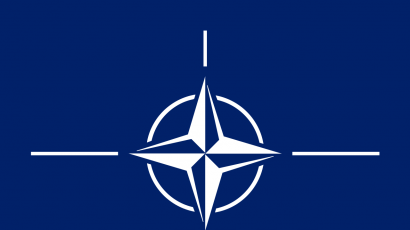Search results for
Lessons from the Somalia bombing
When the U.S. military struck at suspected Al Qaeda terrorists in Somalia, it showed its ability to strike anywhere in the world. Unfortunately, the response afterward also showed that the United States still lacks a clear vision or strategy concerning how it should integrate "hard power" counterterrorism tactics with more "soft power" capabilities.
Why Trump’s cancellation of the North Korea summit may undermine the US-South Korea alliance
Exploiting divides between the United States and South Korea on North Korea policy is standard operating procedure for Pyongyang. The cancellation of the Trump-Kim summit helps to further that goal. But the most serious fault lines for the US-Korea alliance lie within the alliance itself. Donald Trump’s treatment of South Korea is a throwback to a time when South Korea was poorer, weaker, and less influential. If it continues, it will lead South Koreans from across the political spectrum to question not just US bases in South Korea but the necessity of the alliance.
Quannah Chasinghorse, the 18-year-old fighting to protect the Arctic National Wildlife Refuge
Meet the young Native American climate activist and her mother, who together are trying to protect the iconic wilderness area that the Trump Administration opened to oil drilling.
Another nuclear crisis in the making? Great power competition and the risk of war in South Asia
Never since South Asia’s nuclearization has global politics been so uncertain, great power relations so fraught, and competing global priorities so distracting.
Studies in deterrence: Why killing Iran’s Qasem Soleimani doesn’t do it
The United States claimed that, by killing the Iranian military commander, it was “deterring” future attacks. But in this situation, deterrence is nowhere to be found.
The security of Pakistan’s nuclear arsenal
During the last week of April, I visited four cities in Pakistan (Islamabad, Rawalpindi, Lahore, and Karachi). The purpose of the trip was to discuss a December 2008 Center for American Progress report that I coauthored, Partnership for Progress: Advancing a New Strategy for Prosperity and Stability in Pakistan and the Region.
How did we get from trade disputes in Ukraine to nuclear threats in Severodvinsk?
Moving past the Ukraine crisis will require a mindset rare among national leaders. It is a mindset capable of seeing connections, patterns, and dynamic systems, one with a sightline extending into the future beyond the next political election, and into the past as seen by others who experienced it.
The Abraham Accords effect: more armed drones in the Middle East
Hailed as a harbinger of peace in the Middle East, the Abraham Accords are likely to increase the proliferation of armed drones in the region.
For Iran, a nuclear option more trouble than it was worth
Iran went from steady pursuit of the Bomb in the mid-2000s to a more conciliatory stance by 2013. An American nuclear scientist in touch with Iran’s scientists and officials over the years examines Tehran’s motivations.
A message from Tripoli, Part 5: How Libya gave up its WMD
What drove Qaddafi to decide to eliminate his proscribed weapons programs? Could those conditions be replicated elsewhere?
Dying from the heat
I’m a climate scientist and a hydrologist, so I should have known better than to do physical labor in extreme heat.
Flashpoint in the South China Sea
China is not only staking out turf in this easily overlooked region. It is even creating the turf, from scratch.
Ideology over interest? Trump’s costly INF decision.
Former Secretary of State George Shultz has urged what seems obviously to be the wisest course on the INF agreement: “We should fix it, not kill it.” Unfortunately, it appears that the INF is in the hands of treaty killers.
The ban treaty: A big nuclear-weapon-free zone?
The nuclear weapons states seem to have accepted the idea that a treaty to prohibit nuclear weapons—known informally as the ban treaty—could indeed be the result of a UN conference being held this June and July in New York City. Nevertheless, some observers maintain that even if a ban treaty were to be negotiated, it … Continued
Why the United States did not demonstrate the Bomb’s power, ahead of Hiroshima
Would a demonstration on a forest near Tokyo have had as much or more impact on ending the war as the bombings of distant Hiroshima and Nagasaki? Possibly.
Citizen cybersecurity
With increasing reports of cyber attacks on US banks, oil facilities, power plants, and even military systems, it comes as good news that the Obama administration is crafting policy on cybersecurity. In Tuesday's State of the Union address, the President said that "America must … face the rapidly growing threat from cyber attacks," and urged Congress to pass legislation that would help it do so.
The struggle for a nuclear-weapon-free zone in Central Asia
When Kazakhstan's Parliament ratified a treaty establishing a nuclear-weapon-free zone in Central Asia earlier this month, the effort to ban nuclear weapons from the region took its final step. Throughout the Cold War, Central Asia had been the epicenter of the Soviet nuclear testing program--with the Soviet military conducting 456 nuclear tests in Kazakhstan alone. Appropriately then, the treaty was signed by representatives from Kazakhstan, Kyrgyzstan, Tajikistan, Turkmenistan, and Uzbekistan in September 2006 at Semipalatinsk, the main Soviet test site in Kazakhstan.
What North Korea’s Party Congress means for Biden and the world
Without a bold strategy and consistent presidential attention, it will only be a matter of time until the world will wake up to North Korean nuclear weapons that can precisely target any American city and cause mass destruction.
Can NATO evolve into a Climate Alliance Treaty Organization in the Middle East?
NATO’s current security doctrine needs to change. It needs to enhance its political will and institutional capacity to manage climate change threats, both within the alliance itself and within the area most vulnerable to its southern flank: the Middle East. NATO will need to evolve into a CATO, a “Climate Alliance Treaty Organization,” that deals with the security implications of potential tipping points and develops policies in response.
